"However far you may walk, every pilgrimage is a safari into your own dark interior, an inner journey. For pilgrimages belong to the inner world, to that realm called "the religious." Frederick Franck, Art as a Way: A Return to Spiritual Roots
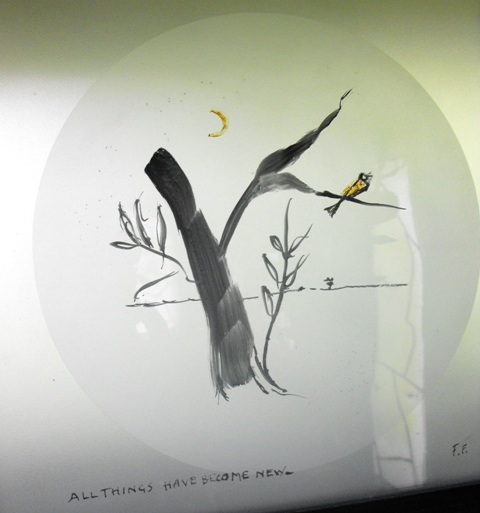
The life of Frederick Franck is well documented, but one that takes time to sift through, containing many layers, like any rich life. To unearth it, one must dig into the terrain of his world - carefully, slowly, persistently. His story, like any classic, never grows tired, as there is something new to discover upon each return.
On a midsummer’s day, I begin my pilgrimage to Pacem in Terris, a place that Frederick Franck and his wife Claske transformed into one of Warwick's crown jewels. Located off of Covered Bridge Road in Warwick, NY, Pacem in Terris, meaning "Peace on Earth" was a home fit to be condemned when first settled by the Franck's. Frederick writes in Pacem in Terris: A Love Story: "Contractors we consulted immediately diagnosed it as a terminal case, only fit to be torn down at once..." But instead of tearing down, Frederick and Claske rebuilt, resurrecting Pacem from the rubble with the help of a dutch carpenter named Bert Willemse.
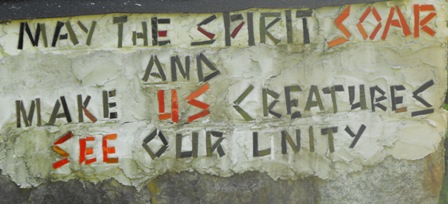 Over time, Pacem would become not only home to Frederick and Claske, but home to those seeking an oasis of peace, one in which Frederick imparted his vision based on a life's work, putting into play a well developed philosophy, melding his life as an artist with his years of service in medicine, his reverence for life, his association with notable individuals, and his beliefs toward universal peace and spiritual renewal.
Over time, Pacem would become not only home to Frederick and Claske, but home to those seeking an oasis of peace, one in which Frederick imparted his vision based on a life's work, putting into play a well developed philosophy, melding his life as an artist with his years of service in medicine, his reverence for life, his association with notable individuals, and his beliefs toward universal peace and spiritual renewal.
As I walk the serene grounds, I take in sculpture and art pieces, enter a museum containing drawings and paintings, read from the Shoestring, the quarterly newsletter written by Frederick’s son Lukas, and experience a Bach concerto with others from all walks of life. Today I am feeling as if I have begun to get in touch with that special part of myself, the core of what it is to be an artist, to be human, to be alive. I see Frederick's work, his clear vision, his understanding and empathy for fellow mankind, and I become emotional.
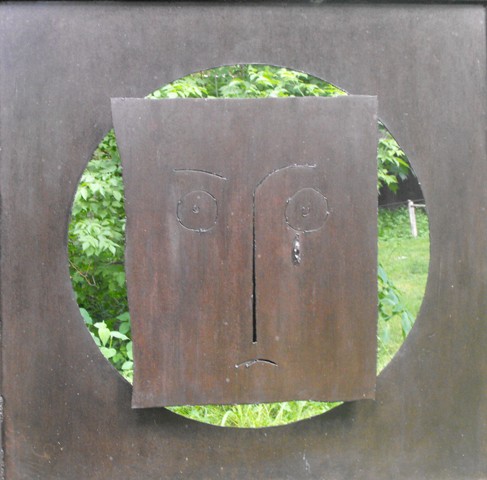
It is the perfect setting for such an undertaking, a meditative retreat where all inward journeys begin. Frederick writes, “When you go on a pilgrimage, you set out from where you happen to be and start walking toward a place of great sanctity in the hope of returning from it renewed, enriched and sanctified.”
Like many who come to Pacem, I have the impulse to take pictures, but refrain, putting away my camera to pay attention to what's in front of me, like Frederick the artist who draws to get closer to the source of his object. In Art as a Way, Frederick writes, "I started to draw furiously as if it were a matter of life and death. For in that flash I had retrieved the original impulse that - long ago- made me start painting: to SEE, to really see this wondrous world before I die, to make it my own....”
In the middle of winter on a bright and clear January day I return to Pacem, this time to talk with Claske Franck, who is the pivotal force not only behind her husband's story, but in keeping his story alive. Yes, behind every great man must be a great woman. Claske is a rare host, often providing her warm presence when opening the doors to visitors during the summer months while working diligently year round to preserve the legacy of her husband's work and their mission together at Pacem.
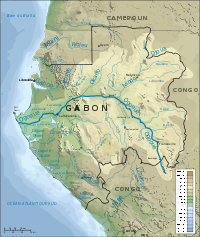
Claske talks and I listen. "We were married in 1958, on a ship enroute to West Africa.” From a dental journal Claske gives to me, I read further into this story, one in which Frederick joined the great humanitarian Dr. Albert Schweitzer in an African hospital for 3 years, from 1958 – 1961. "I was with Frederick in Lambarene and was his dental assistant there, which mostly consisted in holding people's heads while Frederick was extracting and extracting."
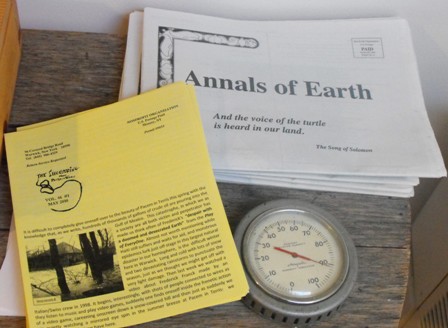 Handing me a couple of journal publications called Annals of the Earth, Claske invites me to peruse the pages. “Do you know this publication? You really should read it.” I pick up one issue and inquire about the banner on the back cover. “If you don’t know, that is the banner of human kind that blows over Pacem,” she says.
Handing me a couple of journal publications called Annals of the Earth, Claske invites me to peruse the pages. “Do you know this publication? You really should read it.” I pick up one issue and inquire about the banner on the back cover. “If you don’t know, that is the banner of human kind that blows over Pacem,” she says.
She explains the five stripes symbolize the five subdivisions of the one human race – brown, black, red, white and yellow; that each stripe is double – male/female; that the banner shape is tubular, so that there is no first/no last; that a sixth stripe was added – the color Green representing the earth.

Later I read about important issues on sustainability and an essay by Thomas Berry, on the environmental task ahead of us, the renewal and revitalization of our planet. In these difficult times, when the environment is in peril, we are made to feel more sensitive towards our delicate ecosystem and the desecration of our planet. In the Shoestring, Lukas writes, "It is difficult to completely give oneself over to the beauty of Pacem in Terris this spring with the knowledge that, as we write, hundreds of thousands of gallons of crude oil are pouring into the Gulf of Mexico."
Claske invites me upstairs. “This is where I live,” pointing to her surroundings, walls lined with Frederick's artwork. “Here are some pictures of Frederick.” “This is The Dalai Lama, Pope John XXIII, DT Suzuki, Thomas Berry, Albert Schweitzer. And this is my desk where I work, there is my kitchen, and this is where I sleep,” pointing to her bed, half covered in books.
I say very little as I take in the surroundings. Francis and Gloria, her two assistants, are present as well, busy helping out with the many tasks around the Franck residence. “Remember, you are welcome anytime. We are always here. If you need anything, don’t hesitate to call or to come by. The river is beautiful in Winter,” says Francis. “Come see it again.”

I get ready to depart but I know the journey is not over. I anticipate receiving my next issue of the Shoestring, reading and re-reading any one of Frederick's 35 books, and of course revisiting Pacem at any point in the year, knowing that it is there for the seeker to enlighten and to reflect on, to transform oneself towards that higher realm called the “religious.”
Epilogue
I do come back again. I come back in many different states and moods. Sometimes I come back broken hearted, other times in need of peace and quiet, meditation or contemplation. Sometimes I come back like a tourist, with camera in hand. And sometimes like a friend who is visiting for the day. Sometimes I come back for a concert, sometimes the art, and sometimes just the river. But when I do come back, I always come back as a seeker, reminded that all things become new. I come back learning to see again, for that which is eternal never dies but is born again. Pacem is a reminder that the eternal continues to flow onward and upward.
For more information and directions, visit
